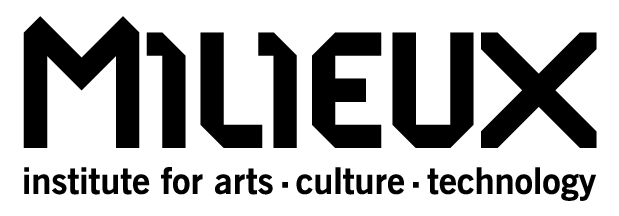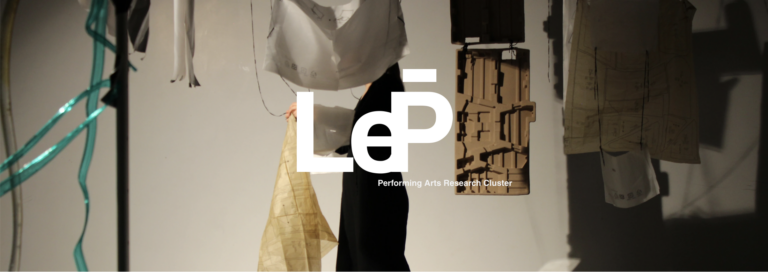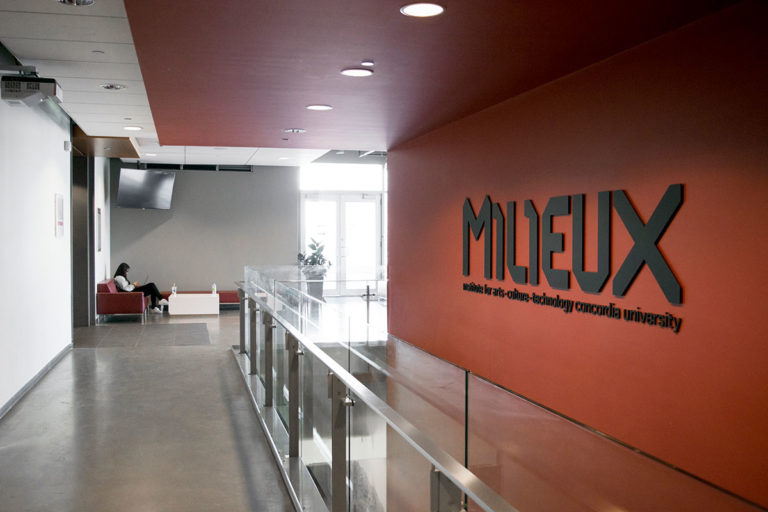A Reflection on the Exhibitions of In the Middle, a Chimera | PART II: MILIEUX INSTITUTE—
Malte Leander, The Solar Media Project Team, Ora4Art: Debora Alanna & Bora Bodur, Puneet Jain, Andrew Rabyniuk, Idun Isdrake, Natalia Balska, Brice Ammar Khodja, Maurice Jones, Patrick Seemann-Ricard, Melina Campos Ortiz, Marie-Christine Larivière, Anne Boutet, Audrey Coulombe, Vanessa Mardirossian, Etta Sandry, Tricia Enns, Megan Stein, Steven Sych, Minecraft and Modernity Student Research Cabal, Scott DeJong, & lee wilkins
Images by Roxanne Ross
In the finissage of the Milieux Institute’s In the Middle, a Chimera, curated by Stephanie E. Creaghan, the use of technology as a gestural tool is called upon as means of delimiting a path towards meaningful community. In considering the multidisciplinary current to which the exhibition has applied itself, one would be remiss not to mention the methodologies beyond which all of the work in the exhibition has extended. By redefining the very character of the series’ concern with technology as means of accessing one’s connection to human community, the exhibition provides a variety of different responses bringing the human and technological into (at times heated) dialogue.
The exhibition succeeds in being a kind of response to the cumulative approaches underlying the core tenants of multidisciplinary practice. Here, technology is again cast into question, simulated and in being thus transposed begins to lose its integrity, changing its shape, gradually revealing itself to be a chimera. I will attempt my own response to that which I feel was expansively explored by all of artists partaking in the exhibition– in the terms of Creaghan’s title to the show, In the Middle, A Chimera, my response again presents itself in the form of a question: What constitutes the (in-betweenness of the) chimera? What unforeseen form exists within this intersection of disciplines and how are we to classify it?
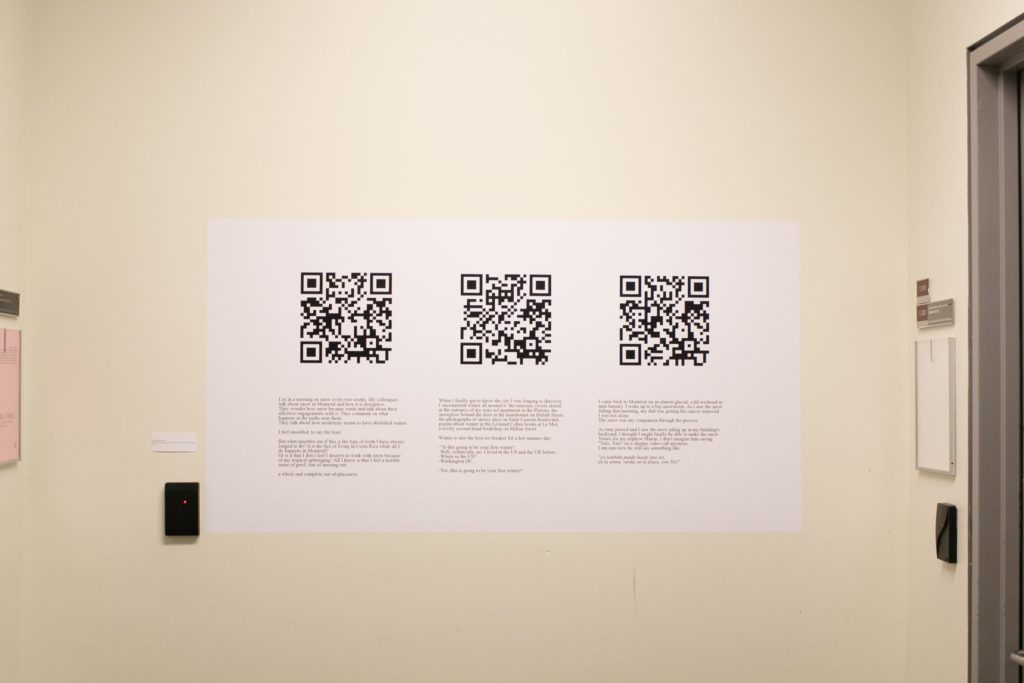
Melina Campos Oritz’s Abolissons les tropiques: an ethnography of snow in three blog entries is a self-described autoethnographic piece evocative of the alienation implicit to diasporic experience. Here, we are met with three large QR codes we are meant to scan in order to access the meaning within. Upon scanning the codes, one then gains access to a vocal recording of the artist reading a series of autobiographical poems concerned with a physical and psychological sense of aloneness magnified by the othering experience of snowfall during Campos’ first winter in Montréal. The work concerns itself with alienation in the terms of the COVID pandemic, an event which introduced, prolonged or worsened existing barriers to human connection. In this disconnection, enforced removal from one’s kin, possibly cut off from one’s homeland; this ongoing absence of human touch is an ontological condition for those with diasporic histories. Here, technology used as a tool to access or substitute for in-person community fails to forge any true or satisfying pathway towards meaningful encounter.
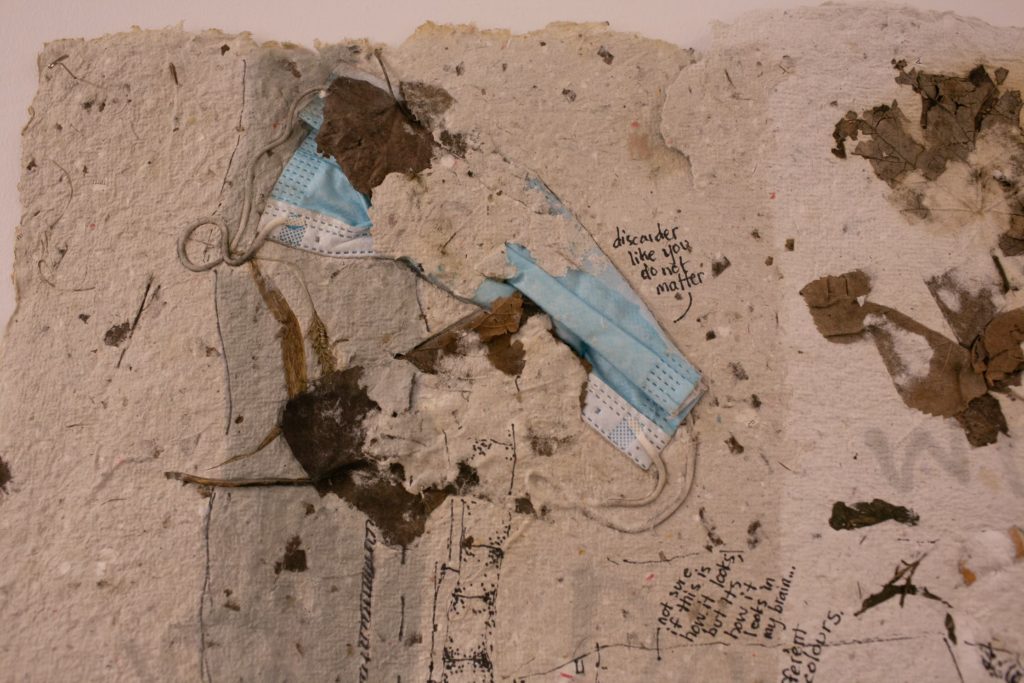
Tricia Enns’ Narrative Debris: Mapping with pulp, debris, electronics, and many hands is an interactive series of eight handmade paper panels (four with soft electronics and four without), accompanied by a series produced by participants in Enns’ project. The work is a textural accumulation of detritus gained from the city—being that of natural design (leaves, feathers), soft electronics (microchips, USB cords) as well as of what might be considered human trash (cigarette ends, a blue latex glove). One might choose to touch the sheaf and activate a light; the ghostly technicality of these technological tools being the only functional textures remaining in what remains otherwise unusable debris encased in the woven surfaces of natural paper. Narrative Debris is a material iteration of accumulation within a capitalist sphere of exponential growth resulting in excess. That excess, in the form of paper waste and debris is then transformed into an interactive stage.
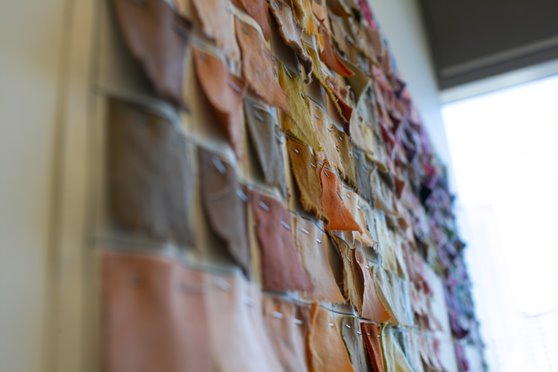
The recognizability of these technological forms, one ancient (paper), one new (QR code), each interrogate the foundations of their original purpose in being combined with their presumed opposite (soft electronics and confessional poem). A related reimagining of technology is likewise present in the means by which fabric dye is employed in Vanessa Mardirossian’s Residual Textile Dye Spectrum. The ancient practice of fabric dying is here revisited in a technological setting by way of using food dye obtained from food waste, as well as dye created by bacteria. The work has a functional use: information gained from the resulting swatches may be used to improve dye stability.
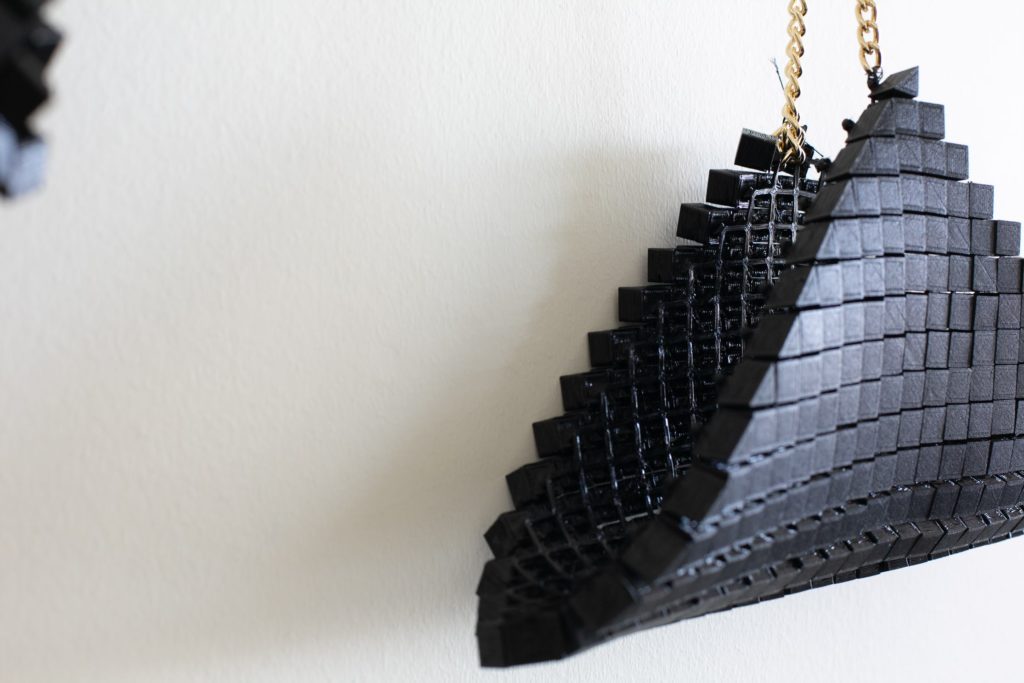
Textiles as ancient technology and its continued ubiquity in human society is a subject engaged with in several works of the exhibition, including Marie-Christine Larivière, Anne Boutet and Audrey Coulombe’s Moving Boundaries, a series of 3-D printed accessories and “fabric” swatches materialized by way of a 3-D printer. The work translates the seemingly non-tangible quality of digital planning into a surface which may be manipulated into producing tactile objects of use. Etta Sandry’s Pathways is a similarly embodied engagement with textile, in which four layers of woven fabric consisting of openings, pockets and spaces, are woven around with a wooden “play table” with wooden pegs, coming to be intertwined to a sculptural effect. This winding structure is always in the process of being “woven” by participants who may adjust or otherwise adjust the existing arrangement.
As a rewriting which engages a similar optimism, Debora Alanna and Bora Budor’s glistening virtual poetics in Poetics as Psychogeography feature a sonic and visual component in the projected video loop of VR landscapes and accompanying soundscape. The work proposes that these digital landscapes might be reworked into meaningful spaces of interconnection and expressive potential. The nostalgic sound of the cicada in Malte Leander’s When in Shade replicates the solar-regulated insect by way of a light-activated sound system and weatherproof interactive construction of “green space;” a spinnable AstroTurf circularity with plastic figurines of animals occupying its surface. Here, technology is an echo of nature and is subjected to the same biological laws of the organic creature it exists to mimicry (being solar-powered), creating an eerie sensation of witnessing what might be a human response to coping with some kind of large-scale environmental tragedy.
Megan Stein’s The Yellow Wallpaper: Sensory Implications presents a sonic-fabric translation of Charlotte Perkins Gilman’s novel The Yellow Wallpaper, a text concerned with female institutionalization. Consisting of a bright yellow cotton sheet embroidered with soft-electronics, one is compelled to engage with an embroidered score which can then be sounded by pressing a circular silver button, resulting in a soothing melody. There is a reassuring optimism present in both the sonic translation and in the bright tone of the yellow curtain. Perhaps as a reimagining of the text, the work shows us the many layers of psychic translation, transposition and conversion one must undergo to undo damaging effects of gendered mental health stigma.
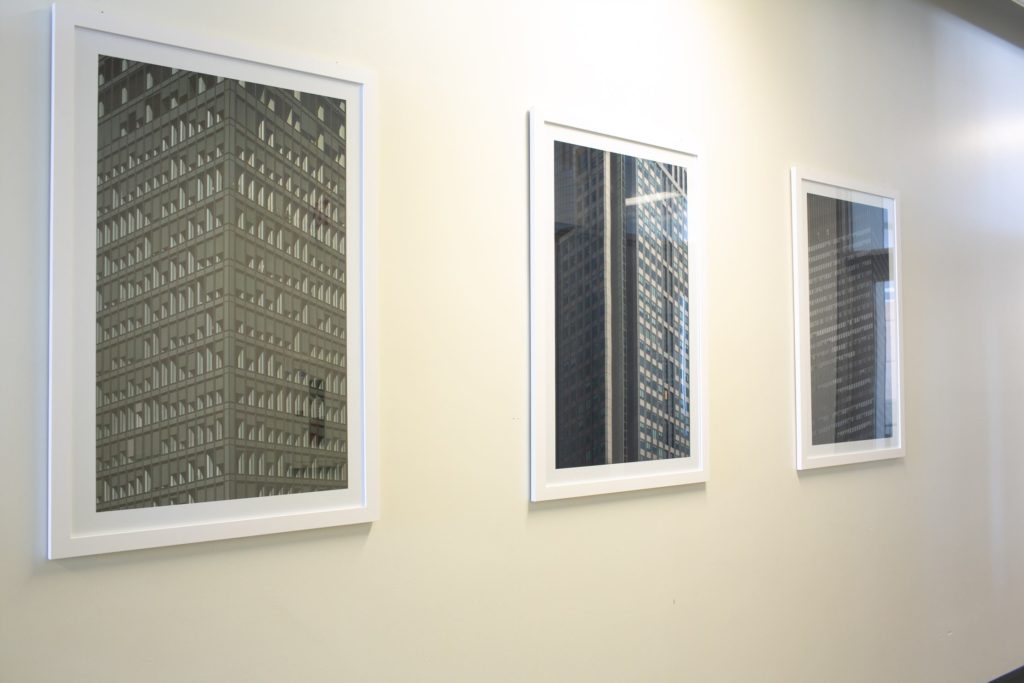
Patrick Seemann-Ricard’s Exposed Façades takes architectural photographs of skyscrapers out of their context, presenting a textural frame of mirrored glass. Within the constraints of the images presented, one perceives an exterior void of context, serving to divert the gaze away from the functionality of human presence it exists to house. The impenetrability of these glass exteriors give way to a sense of displacement—we are not given a means of situating ourselves as human subjects within the frame. Inspired by the nondescript concealment of Swiss army bunkers into landscape, the work contains a double layer suggestive of the control and weaponization implicit in technology’s purpose use within the capitalist milieu.
Having now asked the question, “What constitutes the (in-betweenness of the) chimera,” it is incumbent to provide an answer. In the Middle, a Chimera raises the possibility of a complete repositioning of the technological and the human; this very in-betweenness disallowing the assumption of a single way of approaching knowledge. The exhibition gestures towards collaboration and community as a means of autonomous making. In considering the very meaning of constitution one is made to reflect upon that which is usually concealed or kept from being exposed; a structural hiddenness which informs the figure, providing its very form. One must also differentiate between process and technique in order to expose the essential terms of any assumed pedagogy—such is the task remarkably undertaken by the work presented in the finissage.
